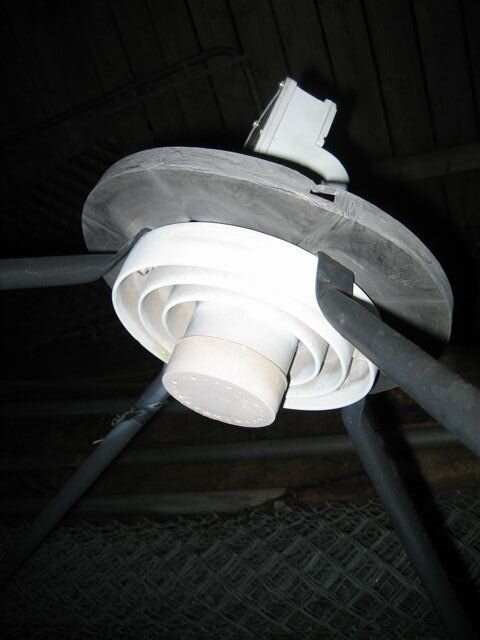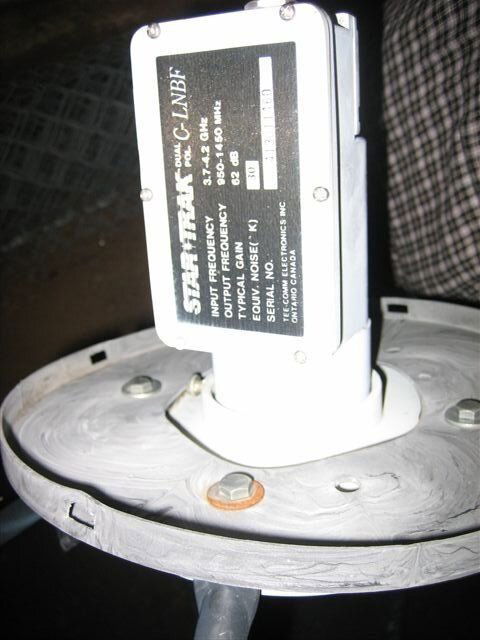I've been given a 6' mesh Star Trak dish, good shape. I've been reading all about the c-band/fta world for quite awhile now and figured I'd have a plan once I got a dish. But now that I have this dish, I just don't know where to start 
Its a stationary dish, and that's all I want it to be for now. I was hoping to hook it to my older Sonicview 1000.
I did play with it a few nights ago and didn't find a darn thing in the sky, I'm thinking the LNB might be dead. I have myself one of those inexpensive analogue meters with the needle and it seems to think it finds signal when hooked up to the dish but the receiver tells a different story. I think coming from the Ku band world I'm missing something. My hopes were to at least find one of the c-band satellites and do some blind scans and see what I find.
Am I going to need to upgrade to a c-band/fta combo lnb or can I use the Sonicview and c-band LNB at least to get started?
I know that I'll need to know how to adjust LNB focal point etc. to get proper signal on anything, but I'm assuming I should be able to at least see something regardless of those finer adjustments...am I correct in assuming this or do I have to be prepared for a completely different way of doing things in the c-band world?
I'm itching to lock onto my first bird of some sort
thanks for any help...
Its a stationary dish, and that's all I want it to be for now. I was hoping to hook it to my older Sonicview 1000.
I did play with it a few nights ago and didn't find a darn thing in the sky, I'm thinking the LNB might be dead. I have myself one of those inexpensive analogue meters with the needle and it seems to think it finds signal when hooked up to the dish but the receiver tells a different story. I think coming from the Ku band world I'm missing something. My hopes were to at least find one of the c-band satellites and do some blind scans and see what I find.
Am I going to need to upgrade to a c-band/fta combo lnb or can I use the Sonicview and c-band LNB at least to get started?
I know that I'll need to know how to adjust LNB focal point etc. to get proper signal on anything, but I'm assuming I should be able to at least see something regardless of those finer adjustments...am I correct in assuming this or do I have to be prepared for a completely different way of doing things in the c-band world?
I'm itching to lock onto my first bird of some sort
thanks for any help...




